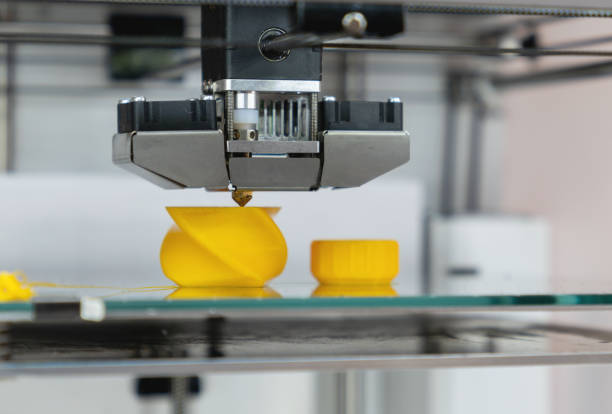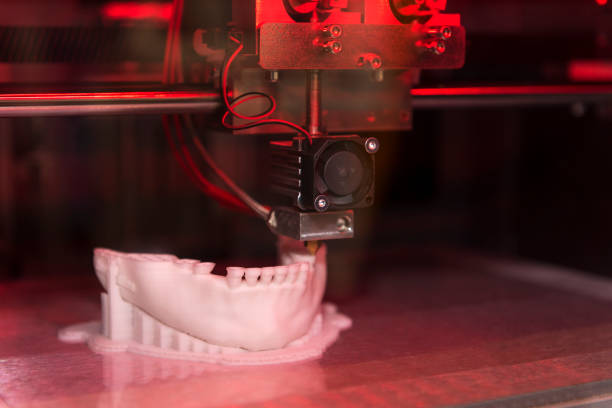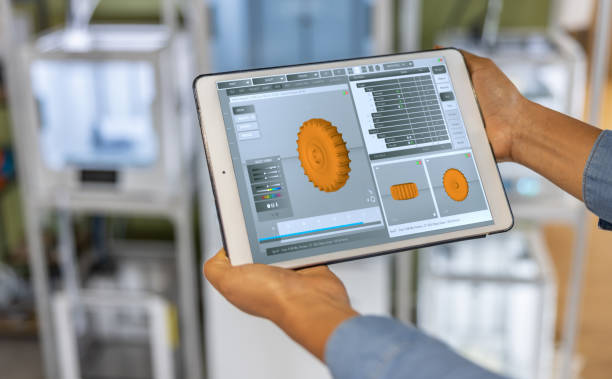- Oct 13, 2025
In today’s fast-paced industrial world, precision and efficiency define success. Traditional casting mold production often struggles with complex geometries, long lead times, and high tooling costs. However, 3D printing molds for casting have revolutionized how manufacturers design, prototype, and produce molds for intricate shapes — from automotive components to aerospace prototypes.
This article explores why 3D printing is becoming the preferred method for complex mold geometry casting, its advantages, and how it reshapes industrial manufacturing.
The Evolution of Casting Mold Manufacturing
For decades, mold creation relied heavily on CNC machining and manual pattern making. While accurate, these methods often demand extensive time and labor — especially for detailed or multi-part molds.
Limitations of Traditional Mold-Making
Long production cycles due to toolpath programming
High material waste and setup costs
Limited flexibility for geometric adjustments
Difficulty in creating internal cavities or fine details
With the rise of additive manufacturing, industries now enjoy an agile, digital-based workflow where design complexity no longer equals higher cost.

Why 3D Printing Excels in Complex Mold Geometry
3D printing transforms how molds are conceptualized and produced. Instead of subtracting material, it builds layer by layer — enabling precision, speed, and creative freedom.
1. Freedom of Design
Unlike CNC cutting, 3D printed molds can include undercuts, fine surface textures, or hollow sections without requiring additional tooling. Engineers can design organic curves and functional features directly in CAD software, printing them as-is.
2. Reduced Lead Time
3D printing drastically shortens the transition from design to finished mold. A prototype that once took weeks to machine can now be produced within days.
This speed advantage is critical for:
Automotive prototyping
Aerospace part development
Small-batch manufacturing
3. Cost Efficiency for Low-Volume Production
Traditional mold-making becomes cost-effective only at high volumes. In contrast, 3D printing molds for casting allow manufacturers to produce limited runs or unique designs without investing in expensive tooling.
4. Improved Precision and Repeatability
Modern 3D printing technologies, such as SLA and SLS, achieve micron-level accuracy, ensuring that complex mold geometry aligns perfectly with design specifications.
3D Printing Materials for Casting Molds
Material selection defines a mold’s durability and performance. Depending on the application, manufacturers can choose from a variety of materials.
Common 3D Printing Mold Materials
| Material Type | Key Features | Typical Use |
|---|---|---|
| Resin (SLA) | High surface smoothness, detailed finish | Jewelry, dental, precision components |
| Nylon (SLS) | Strong, heat-resistant, flexible | Automotive and mechanical molds |
| Metal (DMLS/SLM) | Excellent thermal resistance | Aerospace, high-performance casting |
| Composite Filaments (PLA+GF) | Cost-effective and durable | Rapid mold prototyping |
This flexibility makes 3D printing molds ideal for industrial casting applications, where different projects demand customized performance.
Applications Across Industries
1. Automotive Manufacturing
Carmakers use 3D printed molds to create lightweight engine components, air ducts, and housing units. The ability to test multiple designs in a short time accelerates innovation.
2. Aerospace Engineering
Precision and temperature resistance make 3D printed casting molds a perfect fit for turbine blades and structural components that require aerodynamic accuracy.
3. Industrial Tooling and Machinery
Machinery manufacturers leverage 3D printed molds for small-batch casting, significantly reducing tooling costs and waste materials.
4. Custom Model Design
Design studios and prototyping companies use additive molds for aesthetic and functional mockups — ensuring a faster path from concept to production.

Benefits Summary: Why Choose 3D Printing for Molds
✅ Greater design flexibility for intricate geometries
✅ Faster prototyping and testing
✅ Lower production cost for small batches
✅ Improved mold precision and durability
✅ Simplified design-to-production workflow
These factors collectively make 3D printing molds for casting an indispensable tool for modern manufacturers seeking competitive agility.
Sustainability and Waste Reduction
3D printing aligns with global sustainability goals. By using only the material needed for each layer, waste is minimized compared to traditional subtractive processes.
Moreover, digital design allows on-demand production, reducing the need for mass inventory and physical storage.
Challenges and Considerations
While 3D printing offers exceptional benefits, it also requires:
Understanding material limits for temperature and strength
Post-processing for surface refinement or coating
Accurate CAD modeling to avoid printing defects
With proper design and equipment selection, these challenges are manageable and outweighed by the long-term advantages.
Conclusion
In complex casting applications, 3D printing molds stand as a game-changer. By merging precision, flexibility, and efficiency, additive manufacturing enables industries — from automotive to aerospace — to produce high-performance molds with intricate details that were once impossible or cost-prohibitive.
For manufacturers aiming to improve efficiency, reduce lead times, and achieve next-level accuracy, 3D printing molds for casting are not just a trend — they’re the future of mold engineering.
FAQs
1. Can 3D printed molds handle high-temperature casting materials?
Yes. Metal-based and composite molds can withstand high temperatures used in aluminum or zinc casting.
2. How does 3D printing reduce production costs in mold-making?
By removing the need for expensive tooling, reducing waste, and shortening lead times, total costs are significantly lowered.
3. Is 3D printing suitable for mass mold production?
While it excels in prototyping and small-batch runs, hybrid methods (3D printing + machining) can scale efficiently for larger production.


